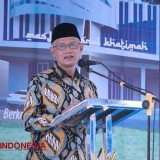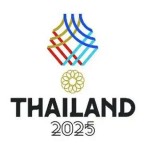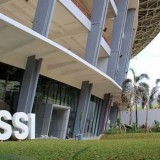TIMES SUMSEL, PADANG – In the midst of global economic uncertainty, companies across various sectors face significant challenges in maintaining operational and financial stability. One effective way to respond to these challenges is by revising standard costs, a tool often viewed as a static benchmark but one that actually requires flexibility to adapt to economic dynamics.
Standard costs are predetermined costs established at the beginning of a period for producing a product or service, which are then used as a benchmark to assess actual costs. The primary components of standard costs include raw material costs, labor costs, and overhead costs. The goal is to provide a reference framework for management to control costs, plan budgets, and assess production efficiency.
In a stable economic environment, standard costs can function well as an effective cost control tool. However, when the economy experiences fluctuations, such as unexpected inflation or drastic changes in raw material prices, static standard costs can become a hindrance rather than a helpful tool.
Economic uncertainty, especially driven by inflation, currency fluctuations, or supply chain disruptions, can lead to unexpected cost increases. For example, rising prices of raw materials such as metals or energy can significantly increase production costs. Similarly, increases in minimum wages or other labor costs due to inflation can add to the cost burden that companies must bear.
When these costs rise but standard costs remain unchanged, management will observe a significant difference between actual costs and standard costs, known as variances. A large negative variance may indicate inefficiency, even though in reality, the additional costs may be unavoidable. In such scenarios, outdated standard costs can provide an inaccurate picture of a company’s performance.
Revising standard costs during periods of significant economic change is a necessary step. This revision allows companies to assess performance more realistically and make strategic decisions.
First, by adjusting standard costs, companies can ensure that the performance benchmarks used reflect the actual market conditions. This is crucial for accurate decision-making, both in cost control and product pricing.
Second, revising standard costs can help companies respond quickly to market changes. When production costs increase due to inflation, adjusting standard costs can assist management in planning mitigation strategies, such as raising product prices or sourcing cheaper alternative raw materials.
Third, in the long term, adjusting standard costs can contribute to business sustainability. By maintaining up-to-date cost standards, companies can avoid unnecessary losses and ensure they remain competitive in the market.
While important, revising standard costs is not without challenges. This process requires thorough analysis and a solid understanding of the factors influencing production costs. Additionally, changes in standard costs must be well-communicated to all relevant departments to ensure consistent application.
However, the benefits of these revisions far outweigh the challenges. By keeping standard costs relevant to economic conditions, companies can maintain financial and operational stability, even amid high uncertainty.
In an era filled with economic uncertainty, flexibility is the key to success. Companies that can adjust their standard costs in line with changing economic conditions will have a significant competitive advantage.
Revising standard costs is not just about maintaining accuracy in cost control but also about ensuring business sustainability in the future. Therefore, it is crucial for every company not only to set standard costs but also to be ready to adjust them as needed, in order to face the challenges of a dynamic economy.
***
*) Oleh : Silmi, S.E., M.Ak., Dosen PNS Akuntansi Fakultas Ekonomi dan Bisnis, Universitas Andalas.
*)Tulisan Opini ini sepenuhnya adalah tanggungjawab penulis, tidak menjadi bagian tanggungjawab redaksi timesindonesia.co.id
*) Kopi TIMES atau rubik opini di TIMES Indonesia terbuka untuk umum. Panjang naskah maksimal 4.000 karakter atau sekitar 600 kata. Sertakan riwayat hidup singkat beserta Foto diri dan nomor telepon yang bisa dihubungi.
*) Naskah dikirim ke alamat e-mail: [email protected]
*) Redaksi berhak tidak menayangkan opini yang dikirim.
| Pewarta | : Hainor Rahman |
| Editor | : Hainorrahman |

























